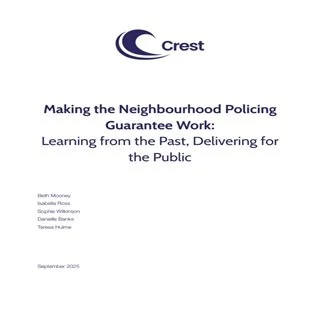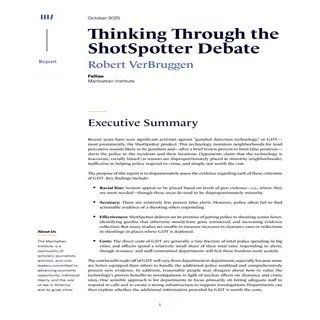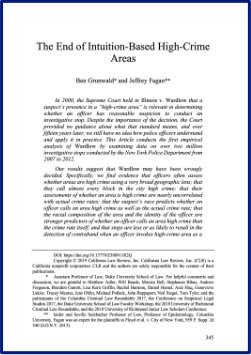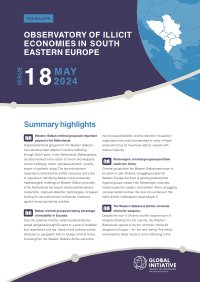By Beth Mooney Isabella Ross Sophie Wilkinson Danielle Banks Teresa Hulme
Executive summary The Home Secretary announced plans to deliver a Neighbourhood Policing Guarantee (NPG) in November last year, with the aim of rebuilding trust between local police forces and communities. This followed a decade where neighbourhood policing was, in effect, deprioritised and levels of public trust in the police and feelings of safety had declined substantially. This report makes 11 recommendations around how the NPG can be implemented in a way which meets public expectations, overcomes barriers identified by current neighbourhood officers and actively takes into account lessons learned from delivering the 2019 Police Uplift Programme. There are three sets of findings: Public’s priorities As a priority, the public are clear that they want their local neighbourhood policing teams to be physically visible in the community. They want these officers to engage with the public regularly, serving as the ‘friendly face’ of policing. More broadly, the public want neighbourhood policing teams to be more accessible to them, with clear information available around how they can be contacted directly and improved communication about what they are doing and why. Barriers identified by current neighbourhood officers A key barrier emerged from our focus groups with current neighbourhood officers and staff - that neighbourhood policing was not actively viewed as a specialism within forces. Officers reflected that this had two consequences. Firstly, resource was abstracted more often from neighbourhood policing teams compared with other teams, which limited their delivery against neighbourhood priorities. Secondly, neighbourhood policing was not viewed as a long-term career option, making it difficult to retain experienced neighbourhood officers and staff. Lessons learned from the 2019 Police Uplift Programme As part of the NPG, the Government has pledged to deliver 13,000 additional neighbourhood officers, PCSOs and Special Constables. Officers and staff were clear that additional resource was necessary to successfully deliver the NPG. A review of how the 2019 Police Uplift Programme, which recruited 20,000 officers, impacted policing outcomes demonstrates that simply increasing resource will not necessarily directly lead to better outcomes. It is clear from our analysis that infrastructure around uplifted resources – including appropriate timeframes for onboarding new recruits, sufficient recruitment and vetting capacity, and training plans – is critical. Using the findings set out here, recommendations to support the implementation of the NPG have been made across 4 key themes: Recruitment and training specifically for neighbourhood policing roles, retaining skilled neighbourhood officers and Special Constables over the longer-term, setting strategic and operational plans to anchor the NPG implementation in every force.
London: Crest, 2025





















